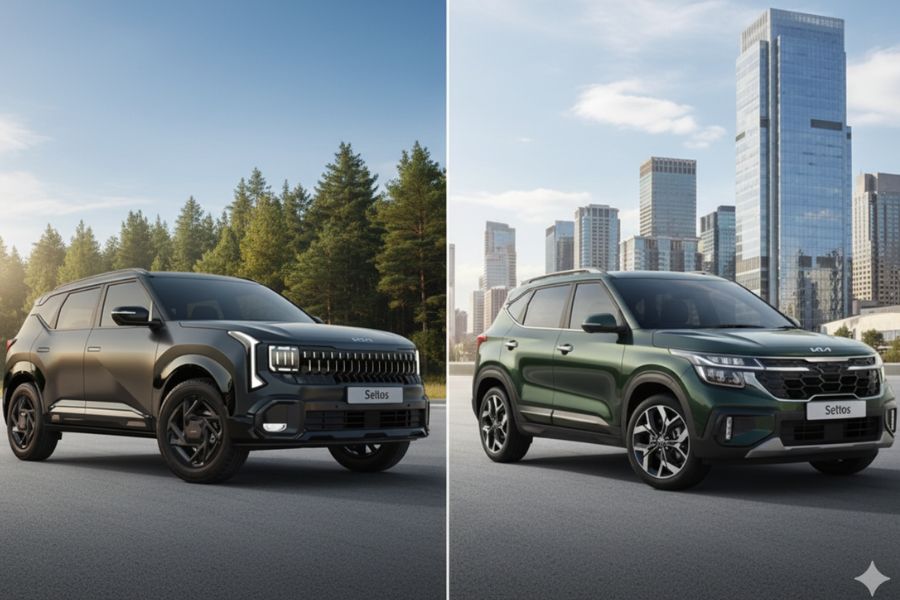Mercedes-AMG is gearing up to embark on advanced development of its inaugural bespoke electric sports car, slated for a 2025 release. This highly anticipated vehicle will incorporate innovative drivetrain technology developed in the UK, poised to make it the most potent road car ever produced by the renowned German automaker.
This forthcoming electric offering from AMG is envisioned as a worthy alternative to its iconic V8-powered GT 63 4-Door Coupé, designed to compete with the likes of the Porsche Taycan, Audi E-tron GT, and Lucid Air, all highly acclaimed and popular electric sports saloons.
While AMG has previously worked its magic on the Mercedes EQE and EQS models, producing formidable 53-badged sports saloons with remarkable power outputs, this new project will mark the first instance where the vehicle is conceived from the ground up as a dedicated performance car. Consequently, it will prioritize dynamic handling and engagement alongside impressive straight-line speed.
The defining feature of this upcoming electric sports car will be its exclusive performance-oriented EV architecture, known as AMG.EA. This platform has been meticulously crafted to accommodate the sleek and low-slung designs characteristic of AMG’s combustion sports cars.
Crucial to the success of this platform is the utilization of cutting-edge electric motor technology from Yasa, a British firm that became part of the Mercedes family in 2021. Yasa’s disc-shaped axial-flux motors, produced on a large scale in Berlin, Germany, boast significantly higher power and torque densities compared to conventional radial-flux motors, resulting in reduced weight, a smaller footprint, and enhanced efficiency. One Yasa motor alone generates a remarkable 590 lb-ft of torque and 480 bhp while weighing merely 24 kg. When employed in a twin-motor system, it has the potential to provide a substantial power boost, potentially reaching 1000 bhp and 1000 lb-ft of torque, surpassing the 751bhp AMG EQS 53 4Matic.
Notably, competitors such as BMW M and Audi are also working on electric platforms capable of supporting well over 1300 bhp for their next-generation sports EVs. Still, specific details about their direct rivals to AMG’s forthcoming super-saloon, such as the next-generation M3 and RS6 E-tron, have yet to be revealed.
Mercedes recently showcased the One-Eleven concept, which positions both electric motors on the rear axle, indicating that four-wheel drive is not a certainty for AMG’s future sports cars.
The prototypes for the electric GT 63 replacement are set to hit the road in the coming months, with a planned market launch in 2025. The Vision 2025 concept, unveiled last year, provides a glimpse of the car’s size, shape, and positioning, measuring 5100mm in length and featuring a 3000mm wheelbase. It is expected to replace the similarly sized GT 63 and is designed to offer spacious interiors while maintaining excellent handling and aerodynamic performance. This will be made possible through elements like active aero components and the application of the new AMG.EA platform.
Robert Lesnik, Mercedes’ exterior design chief, has highlighted the Vision 2025’s ability to fully leverage the AMG.EA platform, promising “a low and sleek saloon with outstanding aerodynamics and the space to accommodate four adults in comfort.”
One of the keys to achieving this goal is a new, slimline, energy-dense battery design unique to AMG EVs, incorporating a silicon anode material from US company Sila. This innovation is projected to boost energy density by 40% compared to existing graphite anodes, resulting in increased range and freeing up more interior space.
In keeping with the latest automotive trends, the 2025 saloon will feature a bold cabin design centered around a full-width high-definition screen, as hinted by the Concept One-Eleven. While initially designed as a four-seater, future iterations may incorporate a third rear seat for added versatility.
Read More:




